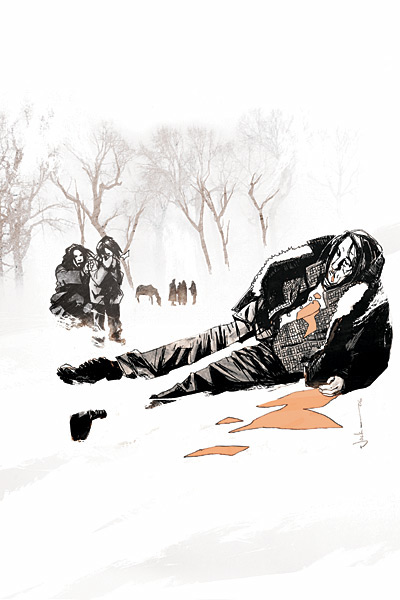Vi Waln: Don't believe everything in the media about
Still, I feel my home is one of the safest places in the world to live. Does it seem strange to you that I think an Indian Reservation is a safe place to live? If so, then you might be like one of those bitter sounding writers who do not live on the reservation and therefore do not have a clue.
Not all of us living on the reservation are unemployed and languishing at home with a bottle of booze. Many of us are actually gainfully employed. We pay our own bills on time with the money we earn from a real job. And many of us have learned how to prepare delicious meals with the commodities we receive from our tribal warehouses each month.
Not all of our children drop out of school. There are a number of young people who work very hard to earn high grade point averages in preparation for study at a college or university. Many organizations have been established to serve the young people living on reservations and they are staffed by educated, sober adults who have the best interest of our children at heart.
Not all of us are subjecting our families to an ocean of alcohol in our homes. Many Lakota people are sober and pray every day, sometimes several times a day. Prayers are offered for many things, including other human beings who we don’t even know personally. Many of the ceremonial people living right here on my Indian Reservation offered prayers after the weekend shooting in Arizona which killed several people, including a child.
I don't think SCALPED writer Jason Aaron is bitter, but he's one of the writers who doesn't live on a reservation and therefore doesn't have a clue. Nor do his readers because of people who claim Aaron is exploring reservation life, showing readers what it's like, or educating them. He isn't doing any of those things. He's presenting a false and stereotypical portrait of reservations and passing it off as honest and real.
For more on the subject, see Native Women = Whores in SCALPED and Okay to Stereotype in Noir Comics?
Below: I wonder what the average body count per issue is in SCALPED?


3 comments:
"I don't think SCALPED writer Jason Aaron is bitter, but he's one of the writers who doesn't live on a reservation and therefore doesn't have a clue."
And the time I met and spoke with the man, it actually was on Indian land.
A lot of it is because of Pine Ridge in the 70s. All reservations are apparently Pine Ridge, and this is apparently still 1973. And if they're not Pine Ridge, than they're the moon of Endor. There is no in-between. At least that's my theory about the portrayal of reservations.
Life expectancy for the average man on the Pine Ridge reservation is estimated at 46 to 48 years. That is today, not in the 70s.
Post a Comment